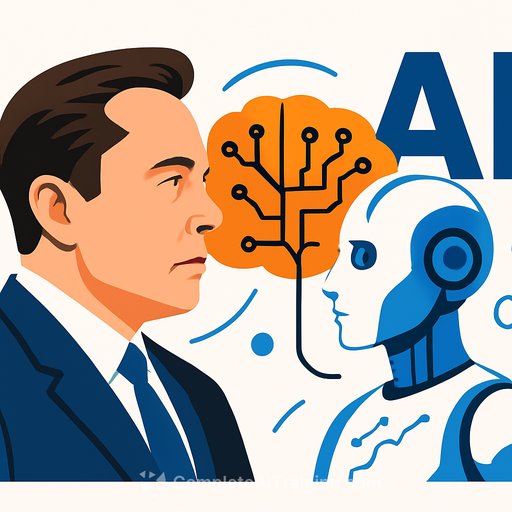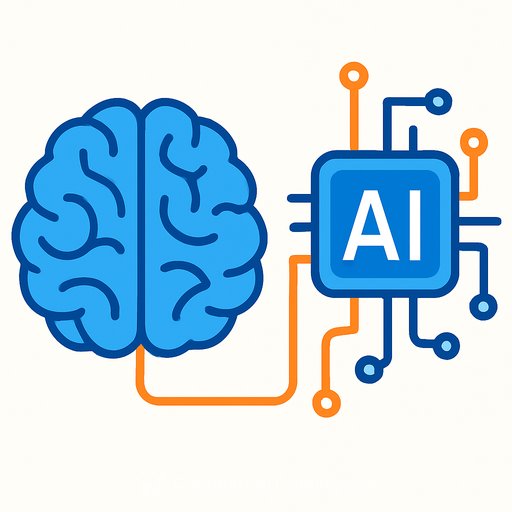Elon Musk Says AI Will "Likely" Be Good For Humanity-And Why He Still Wants To Watch If It Isn't
On xAI's Grok 4 livestream, Elon Musk asked the question everyone keeps circling: Will AI be good or bad for humanity? His answer was blunt: "I think it'll be good. Most likely it'll be good." Then he added the kicker-he'd still want to be alive to see it even if it goes the other way.
That tension-optimism with a seatbelt-framed the rest of his pitch. Musk called Grok 4 "the smartest AI in the world," and claimed it's smarter than almost all graduate students across disciplines. He also admitted it's "somewhat unnerving" to create intelligence that exceeds our own.
What this means if you work in science or research
Assume the baseline has shifted. If models achieve broad competence across fields, work that relies on synthesis, literature review, code, stats, simulation, and even experimental planning will compress in time and headcount. The question isn't whether AI will touch your workflow-it already has. The question is how you'll structure it so quality and accountability improve, not erode.
Musk floated a bigger idea: the "human economy" could look quaint in hindsight. That implies a steady move from labor-as-output to judgment-as-output. Your advantage becomes problem framing, data quality, experimental design, interpretability, and ethical guardrails-things models amplify but can't fully replace.
Practical moves to make now
- Codify your research pipeline. Make each step tool-readable: inputs, assumptions, checks, and outputs. This makes AI assistance reliable and auditable.
- Adopt an evaluation layer. Define accuracy, calibration, reproducibility, and failure modes for your domain before you deploy a model.
- Separate exploration from production. Use one environment for fast iteration and another with locked datasets, versioning, and approvals.
- Log everything. Prompts, model versions, seeds, datasets, and post-processing. You can't defend results you can't trace.
- Use human-in-the-loop by default. Keep sign-off points for claims, code merging, and statistical conclusions.
- Red-team your use cases. Stress-test for biased data, mis-specification, and overconfident outputs. Kill ideas that don't survive contact with reality.
- Mind the legal and policy shifts. Many teams now map their work to frameworks like the NIST AI Risk Management Framework and the EU's AI Act.
How to work with "smarter than grads" claims
Assume the model's breadth beats most generalists, while depth still varies by dataset, training mix, and context window. Treat it like a high-variance collaborator: excellent at first drafts, code stubs, hypothesis generation, quick literature mapping, and error-spotting. Require rigorous verification for math, methods, and anything safety-critical.
If you lead a team, create a policy line: which tasks can be fully automated, which require review, and which remain human-owned. Publish it internally. Update it monthly as model behavior and your metrics evolve.
If Musk is right, what's the upside?
Faster cycles. More experiments per dollar. Fewer dead-ends. The scientists and analysts who win will be the ones who standardize their workflows, measure model performance, and keep responsibility clear. Let AI stretch the surface area of your work while you tighten the standards.
The uncomfortable part
Superhuman systems change incentive structures. Papers, grants, and patents may come easier-and be easier to spoof. That's why governance isn't a committee exercise anymore; it's a build step. If you can't show how a result was produced, assume it won't be trusted.
Next steps you can take this week
- Pick one recurring task (e.g., literature triage or unit tests) and standardize it with prompts, templates, and review steps.
- Set up versioning for datasets and model calls. No more orphaned outputs.
- Write a one-page risk policy: allowed models, disallowed data, approval rules, and incident reporting.
- Schedule a quick red-team session for your highest-impact AI use case.
- Upskill your team with focused, role-specific training to close gaps fast-see Complete AI Training by job role.
Musk's stance is clear: he's betting on a good outcome-and wants a front-row seat even if it isn't. You don't need to share the appetite for drama. You just need a plan that makes your work better under both scenarios.
Your membership also unlocks:






